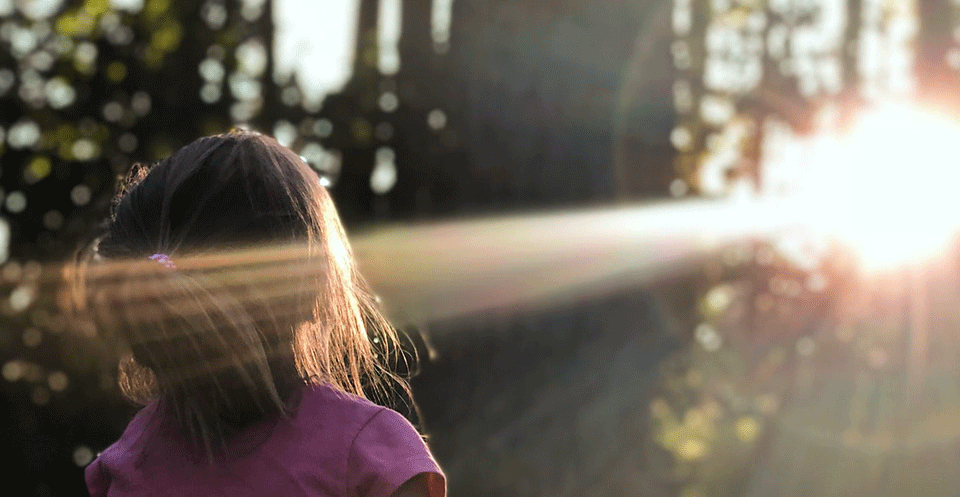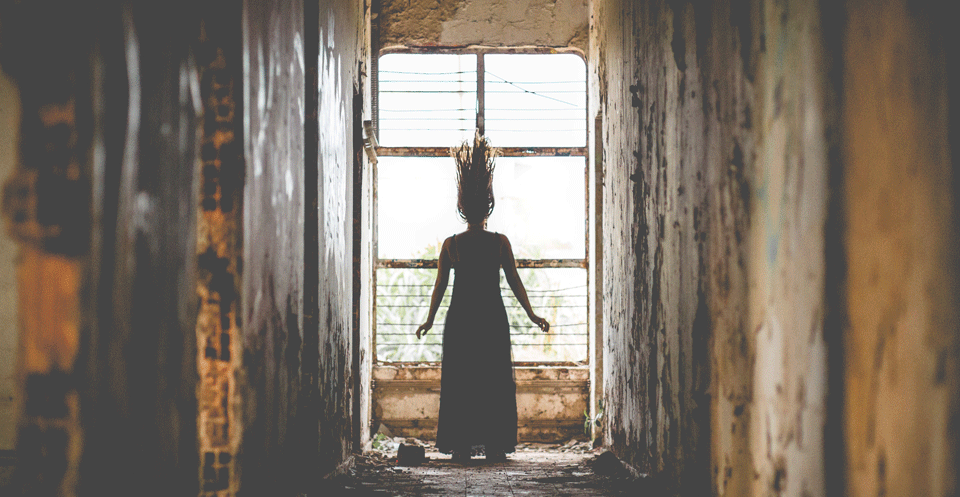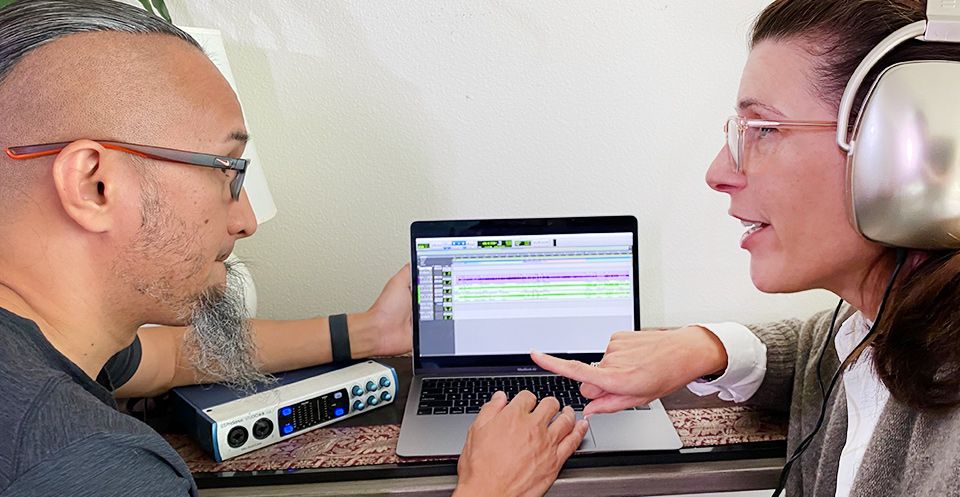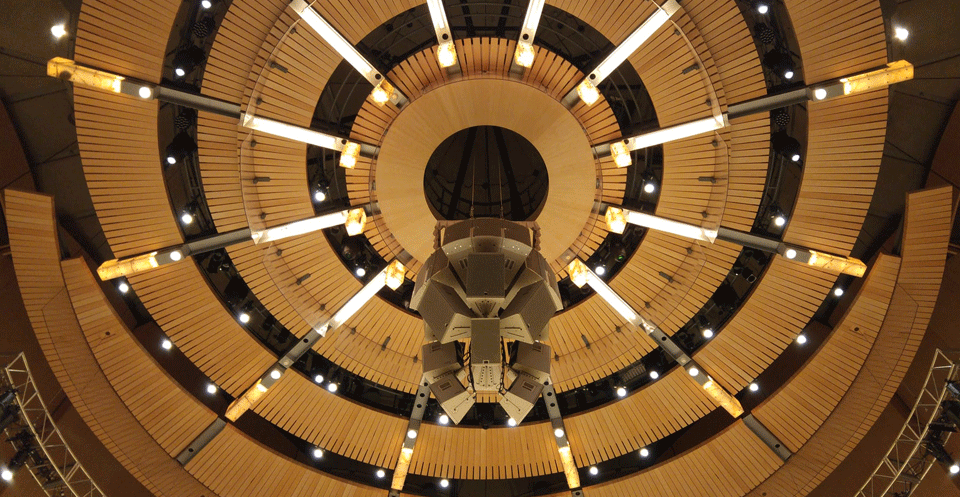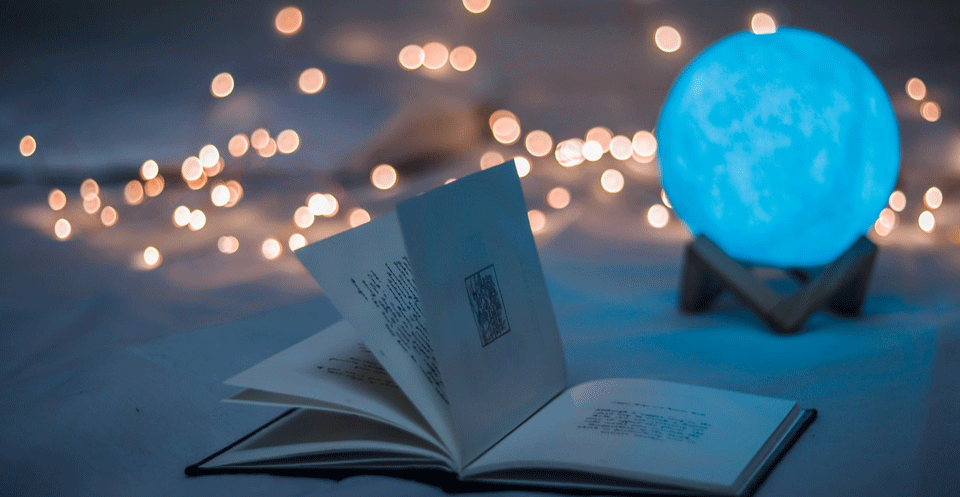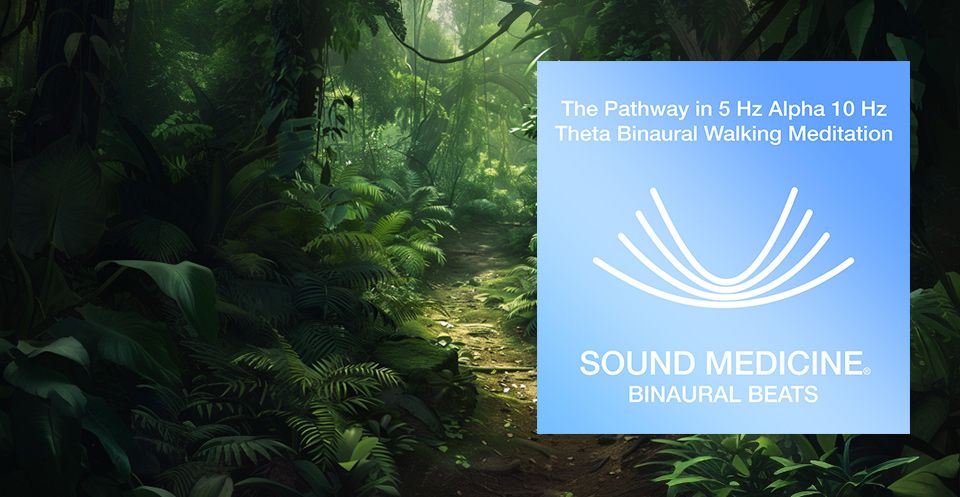Powers of Hearing: The Military Science of Sound Location
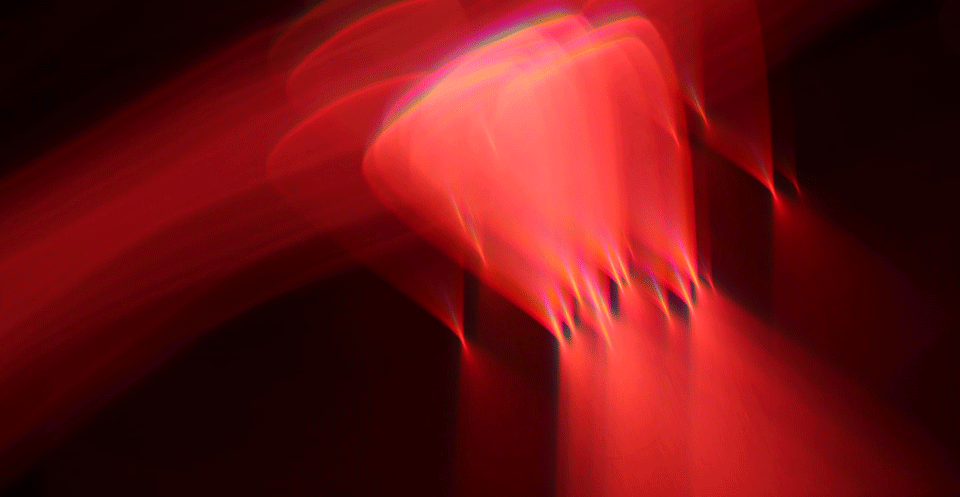
During WWI the act of hearing was recast as a tactical activity — one that could determine human and even national survival.
According to “The End of the War: A Graphic Record,” the frontispiece of a towering report commissioned by the U.S. Assistant Secretary of War during WWI, the Great War ended not with a bang, but, as in the famous verse, a whimper.
The image, which showed six horizontal lines on a filmstrip, depicted artillery activity at the American front near the Moselle River exactly one minute before and one minute after the time of armistice, 11:00 a.m. on November 11, 1918. The left side depicted artillery activity at one minute before armistice and showed a flurry of jagged lines (“All guns firing”). On the right side, which depicted artillery activity at one minute after armistice, there were only smooth lines (“All guns silent”). Two small dips around 11:01:01 were attributed to the exuberance of a doughboy who fired his pistol twice in celebration of the ceasefire. Apart from these gunshots, it appeared that artillery activity had ceased entirely, and that the battlefield had been suddenly drained of the throttling sounds of gunfire.
The caption for “The End of the War” stated that it was the last record of artillery activity at the American front, and that the image issued from an American sound ranging apparatus. “Sound ranging,” it read, “was an important means of locating the positions and calibers of enemy guns.” When the image was reproduced in the Journal of Electricity the claims made about it were even grander: “Truly history has here been written electrically!”
“The End of the War” was produced through one of numerous methods of acoustic defense that were invented during the First World War. At the outset of the war the concept of acoustic defense was mostly unknown. None of the principal armies possessed reliable means for tracking the position of the enemy by following the sounds it made. By the end of the war, however, each had developed new technologies and techniques for sound location, typically in response to new technologies of offense, and each had employed these methods on countless occasions — thereby generating new modes of “acoustic defense.”
The appearance of a new offensive weapon, however, did not mean that new methods of defense were easily come by. According to Alfred Rawlinson, Lieutenant Commander of the Royal Naval Volunteer Reserve, the enemy was prone to hiding behind clouds. How should the guns of the defense hit an object they could not see? The answer, he said, was “childishly simple — namely, though we can’t see it, yet we can hear it. Therefore, as we cannot aim by using our eyes, we shall be obliged to shoot, if we are to shoot at all, by using our ears to aim with.” Still, he wrote, there was “a terribly long way to go before theory, however correct, could be turned into practice.”
Until the early 20th century, spatial hearing had been studied almost exclusively in terms of the physics of sound or the physiology and psychology of hearing. During the war it was recast as a tactical activity that was understood in strategic terms — as something that could determine human and even national survival. Auditory space perception, once considered subordinate to visual space perception, was newly understood as a vital skill, with “powers of hearing” suddenly mapped onto the powers of nation states.
Observing Sounds: Acoustic Sights, Listening Discs, and the Baillaud Paraboloid
The first sound locators used in the First World War relied heavily on the idea of “seeing” sound. Some were based on technologies of vision and transposed principles derived from optical science onto the acoustic domain. In 1916 a Lieutenant in the French Army designed a viseur acoustique (“acoustic visor”), a handheld device that comprised a mirror and compass. A soldier used the instrument by centering the reflection of his face in the mirror such that he could see his ears equally well. The compass would then presumably give the direction of the sound.
Experiments were undertaken in England with listening discs, a technology that was based on the idea that, when a soundproof disc was oriented towards the source of sound, an acoustic image would form at the center of the disc on the side opposite to that of the sound. The idea was proposed as an acoustic analogue to the Arago spot in optics, whereby a bright point appears at the center of the shadow of a circular object due to the wave nature of light.
While technologies like acoustic visors and listening discs were neither particularly effective nor practicable, one of the most enduring acoustic defense technologies to emerge from the war, the Baillaud paraboloid, was also based on a technology of vision. Although there are examples of acoustic reflectors throughout history, the first parabolic acoustic reflector designed expressly for military use was invented by René Baillaud in 1915, and given the form of a dish or a bowl. Baillaud, an astronomer based at the Toulouse Observatory, modeled his device on the Newtonian telescope. His design was based on the premise that parabolic mirrors must share the same properties of reflection whether they were reflecting light or sound.



